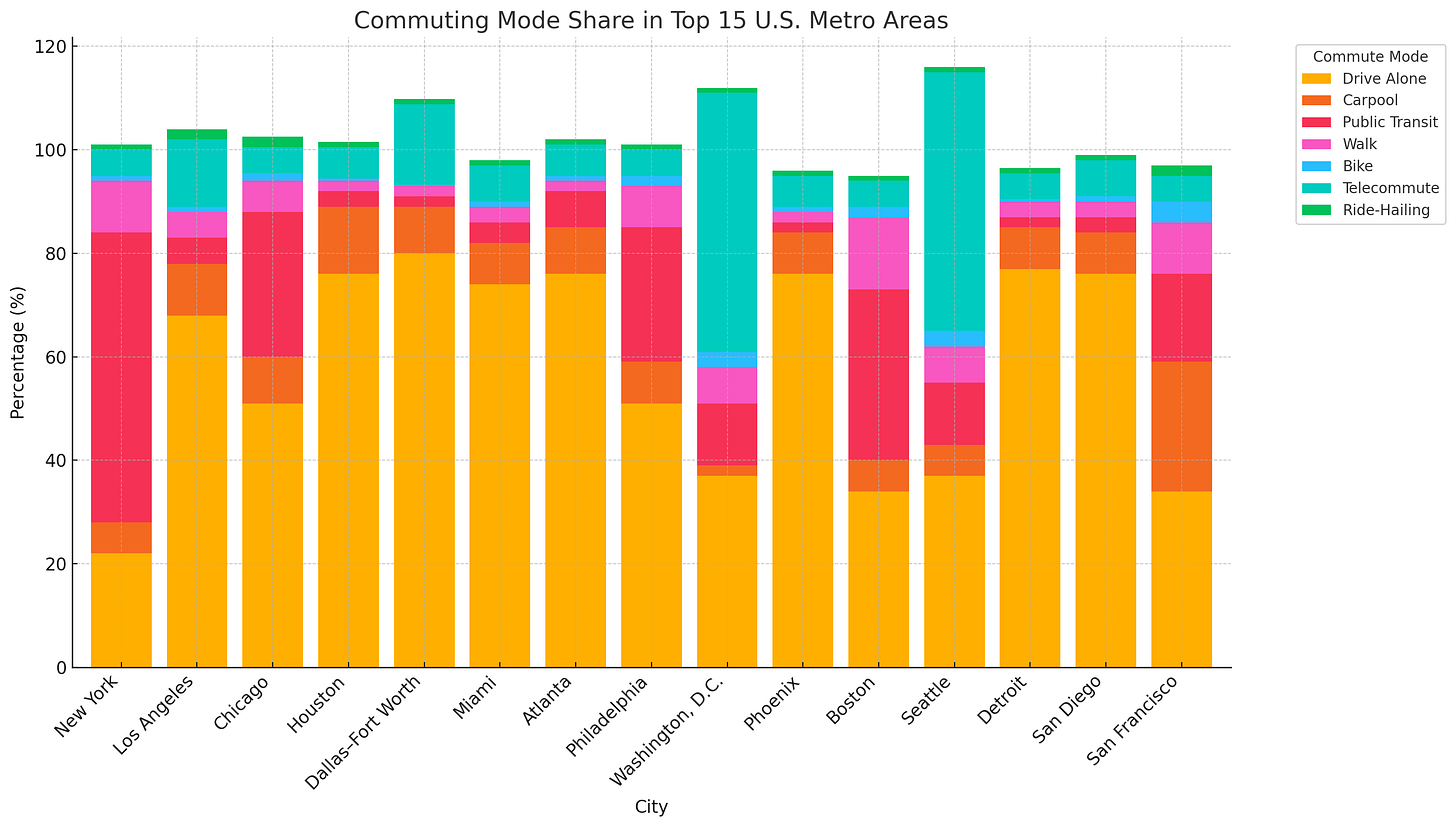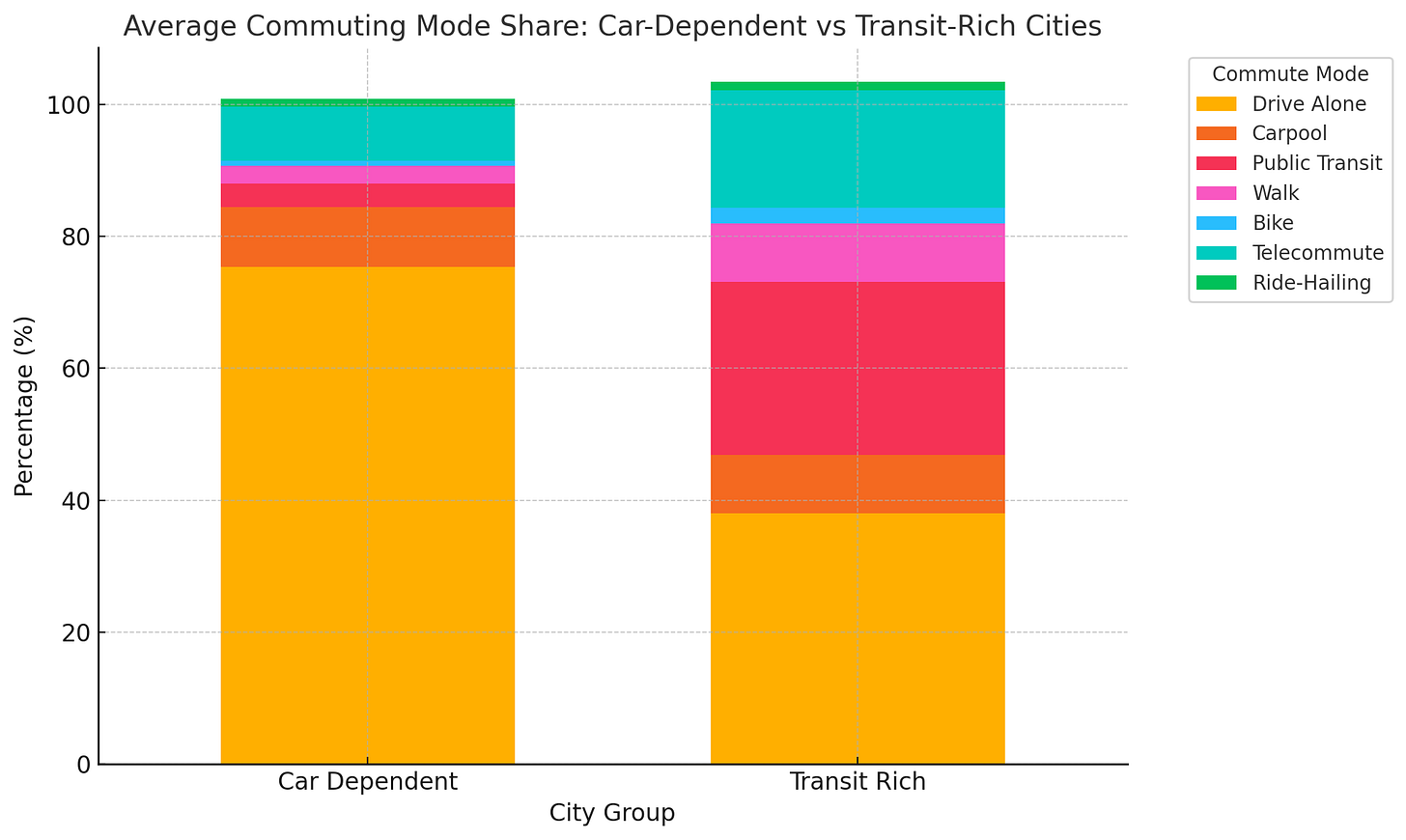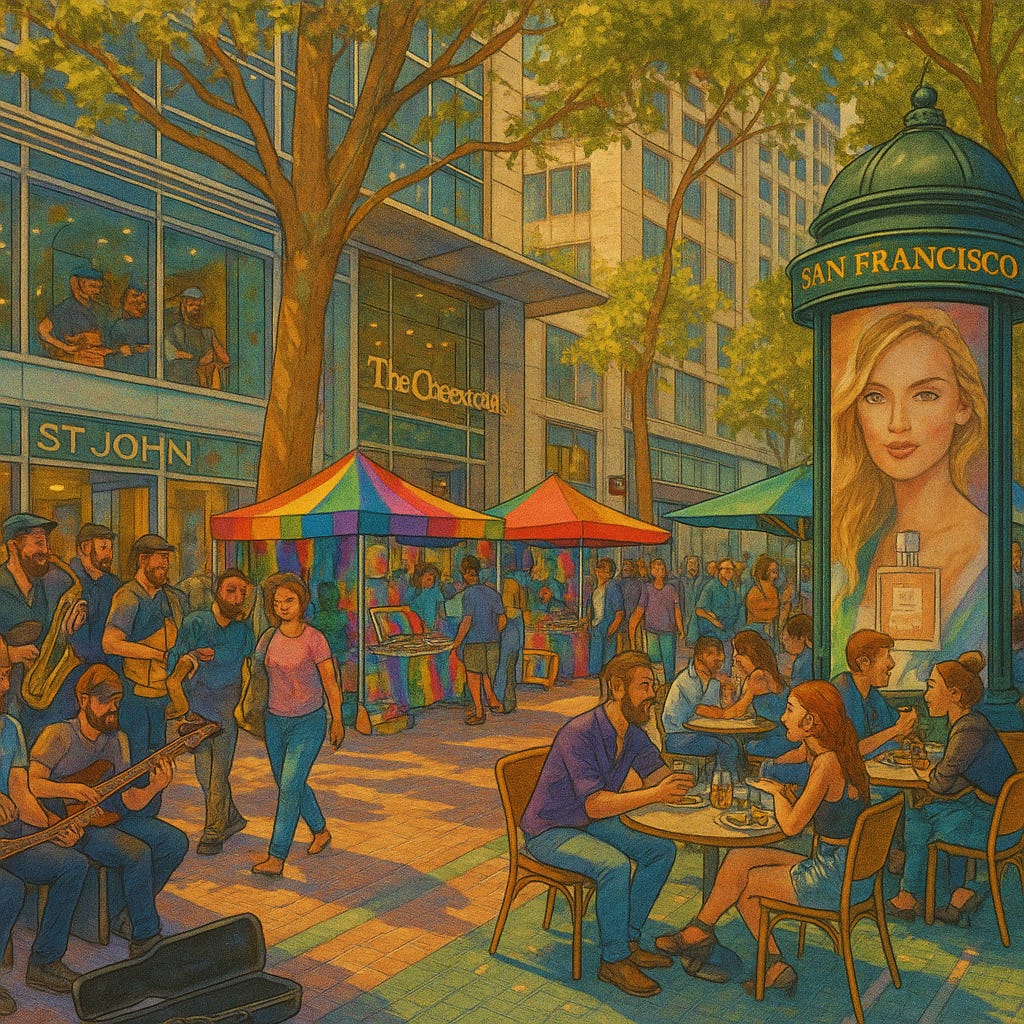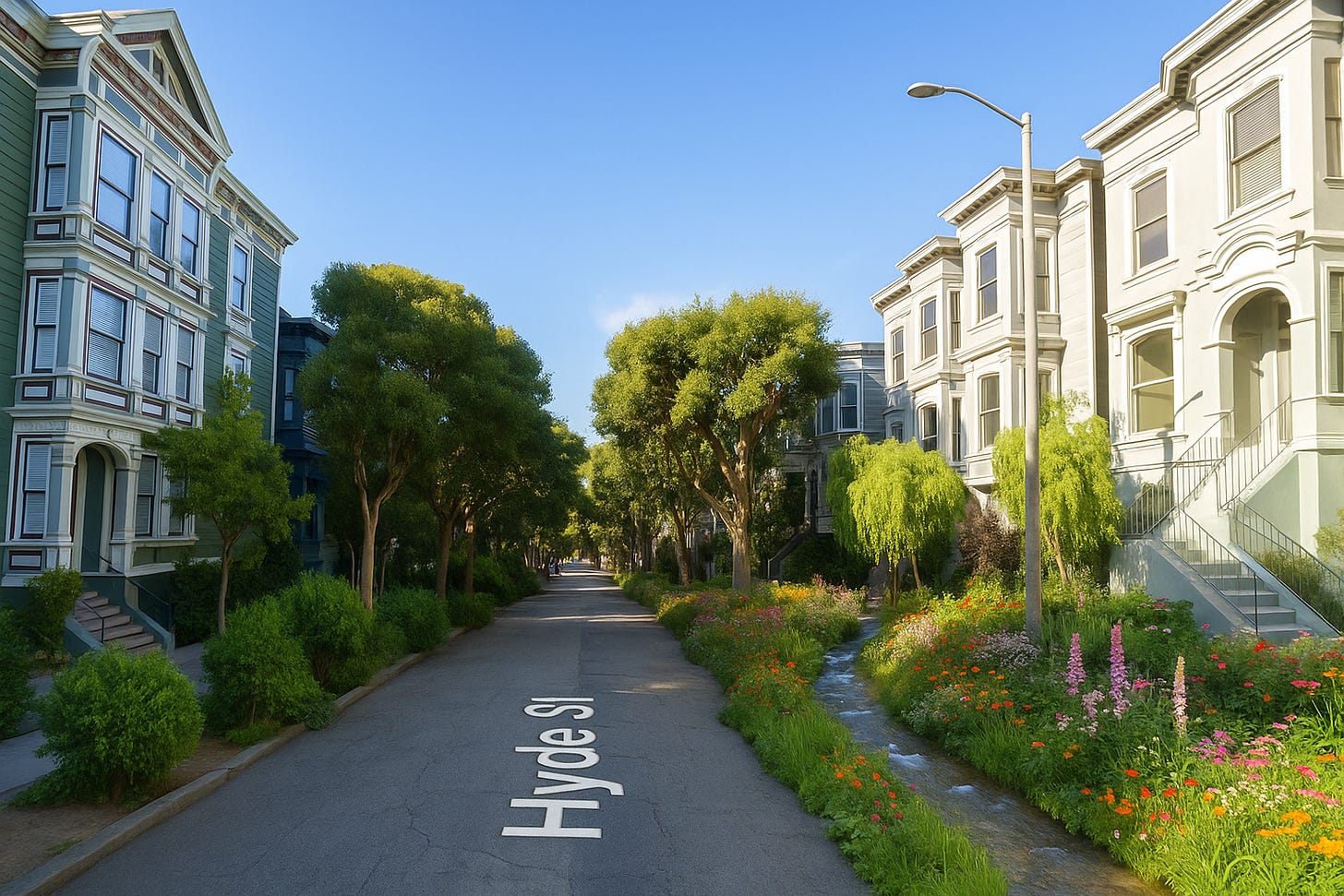When I heard the news that SF installed its first couple EV street chargers, of apparently many more to come, a torrent of feelings betook me. I was shocked. I was appalled. I was furious. I was sad. I was extremely whelmed.
Why? Because street parking has ruined American cities. Installing street EV chargers is just going to prolong this malpractice and threaten the grassroot movement to take back our streets that had finally started to gain some momentum during Covid.
Regardless of the vehicle type, allowing people to store their private vehicles on public streets is absurd. Imagine if residents decided they had an equal right to permanently store sheds, furniture, garbage cans, or random equipment directly outside their homes…
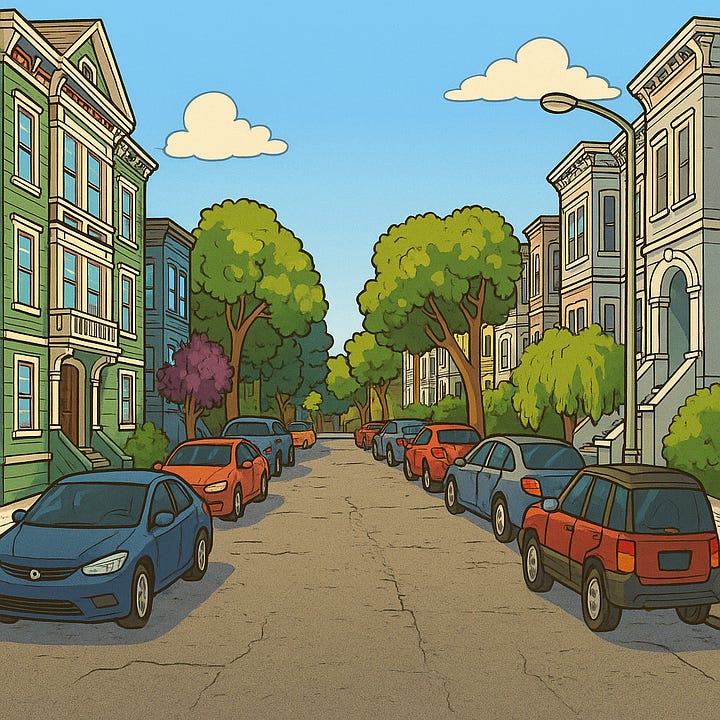
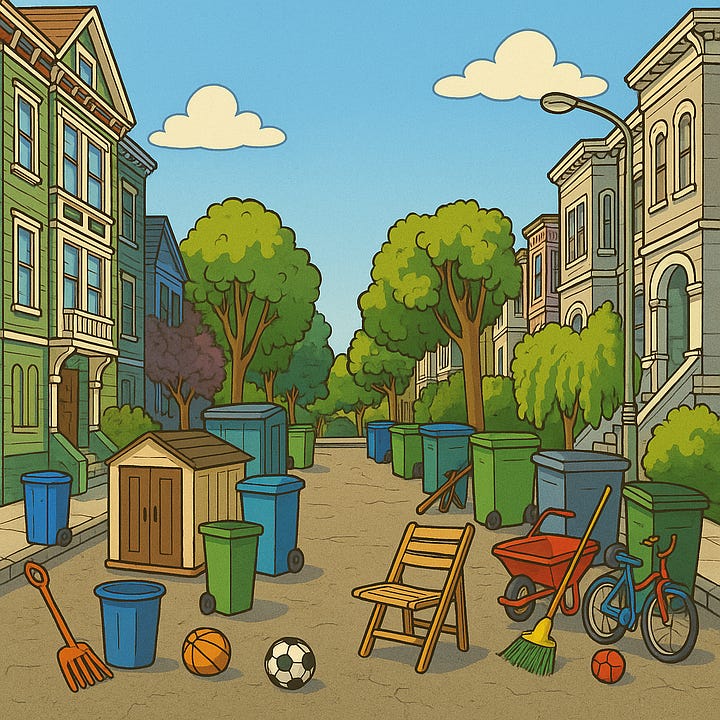
…that looks absurd, right!? The streets would become bottlenecks suffocated by clutter. And yet, that’s exactly what cars parked along curbs effectively do today!
Here’s four reasons why street parking is not just an aesthetic nightmare:
1. Street parking undercuts public transit and sustainability
When cities subsidize parking by giving it away cheaply or for free, driving becomes irresistibly convenient. Removing street parking would nudge people toward better transportation choices—like buses, trains, cycling, and walking.
2. Safety First
Parked cars reduce visibility—especially for children and short people. Between 1990 and 2021, there were 1,502 fatal back-over incidents in the U.S. Removing parking enhances sightlines, reduces accidents, and helps everyone get home in one piece.
3. It's Terrible Urban Economics
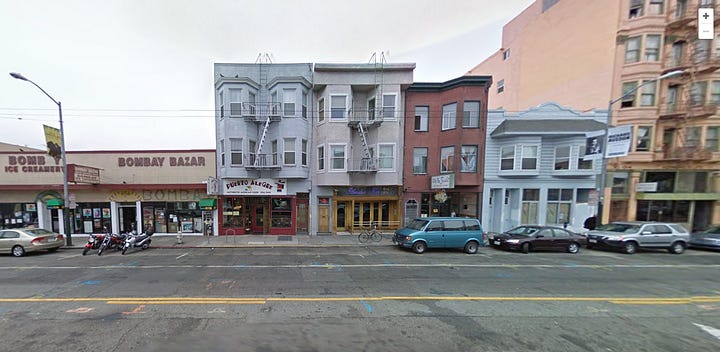
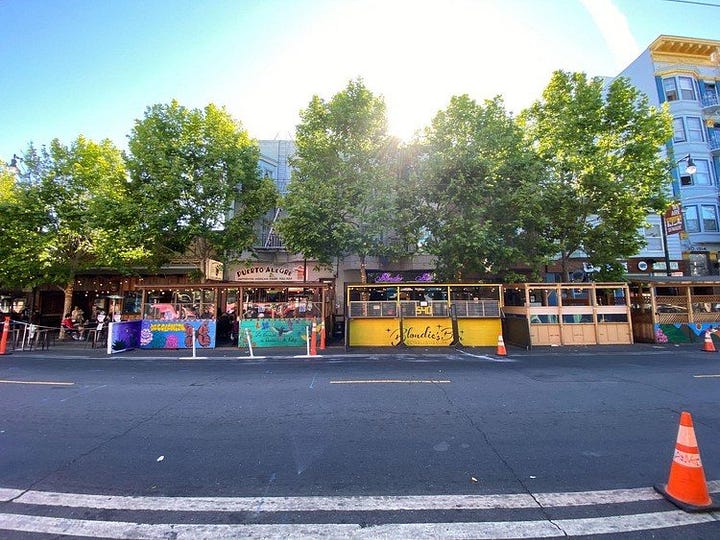
Street parking takes up valuable real estate. In cities like San Francisco, the land beneath parked cars could be generating economic activity—housing, retail, outdoor dining—rather than gathering dust under tires.
4. It's Outdated and Unjust
Street parking disproportionately benefits car owners at the expense of everyone else, subsidizing drivers while neglecting those who can't afford a car or choose not to own one.
Here are three ways to use street space better:
1. Outdoor Dining, Street Vendors, and Social Spaces
The pandemic taught us that vibrant outdoor dining spaces add community value and economic vitality. Replacing parked cars with expanded restaurant seating, pedestrian plazas, and communal seating areas can enliven neighborhoods, enhance local businesses, and foster a sense of belonging.
Imagine lively outdoor markets and pop-up retail stalls thriving in spaces once reserved exclusively for empty vehicles. Streets filled with fresh produce stands, local artisans, food trucks, and temporary retail pop-ups create economic opportunities, cultural richness, and vibrant community interactions, breathing new life into neighborhoods.
2. Bike and Transit Lanes
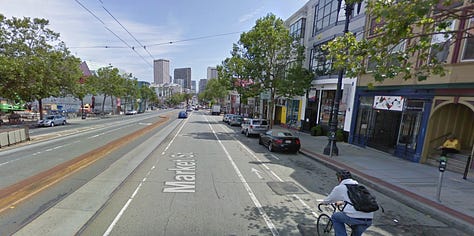
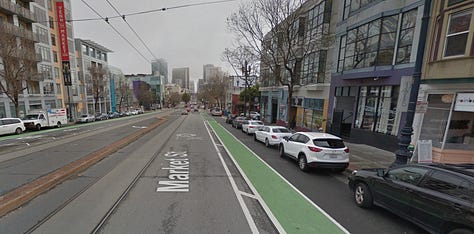
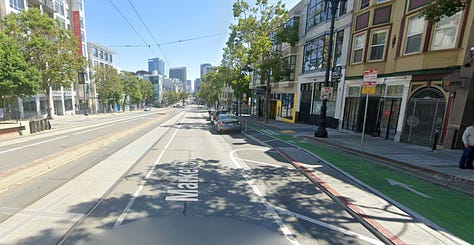
Instead of dedicating streets to idle cars, we could transform these spaces into protected bike lanes or dedicated bus lanes, significantly boosting transportation efficiency, reducing carbon emissions, and improving safety. This shift makes active transportation and public transit attractive, reliable options, reducing congestion and pollution in one stroke.
3. Urban Forest Renewal
Cities are flooding and overheating. Replace parking with sidewalk gardens, trees, and permeable pavement, and they become climate tools—not liabilities. They cool the air, soak up storms, and bring life back to the block.
Pocket parks and community gardens grow more than plants—they grow connections. In tight urban spaces, a few reclaimed spots can offer shade, joy, and room to breathe.
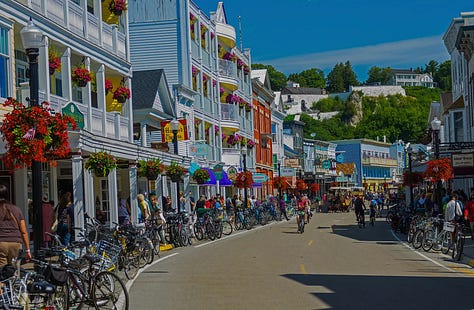
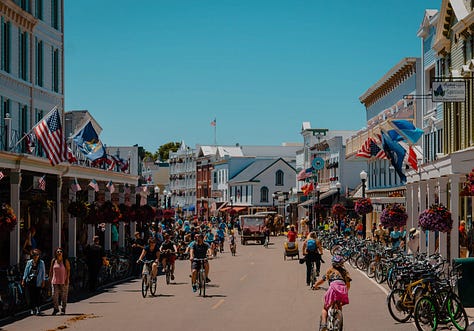
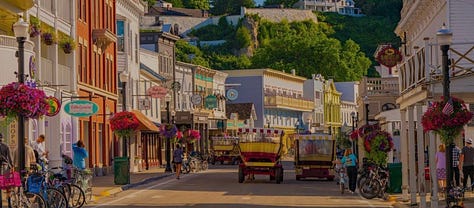
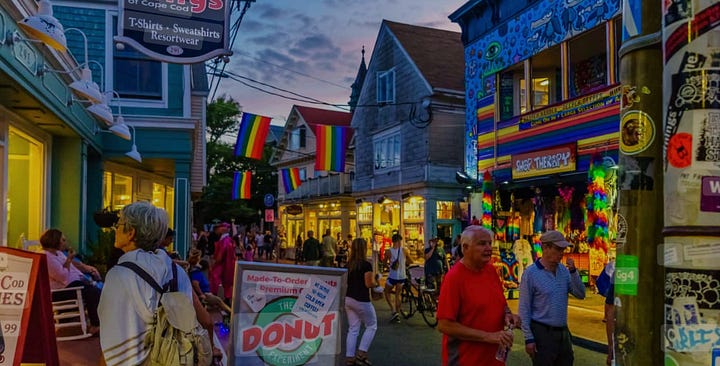
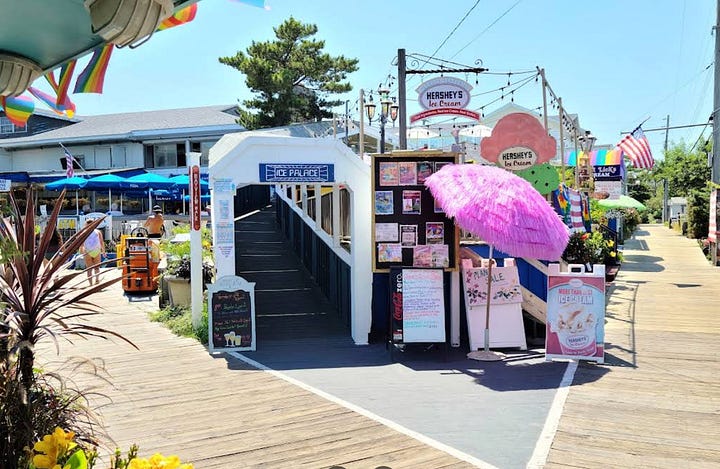
It's not that radical—some of the most visited places in the country don’t even allow cars! Reclaiming public streets for public good is a powerful step toward building healthier, happier, and more resilient cities. Ending street parking isn’t about inconveniencing drivers—it’s about choosing smarter, fairer, and more sustainable uses of shared space. It’s time we recognize streets as public resources rather than private conveniences.



